In the News
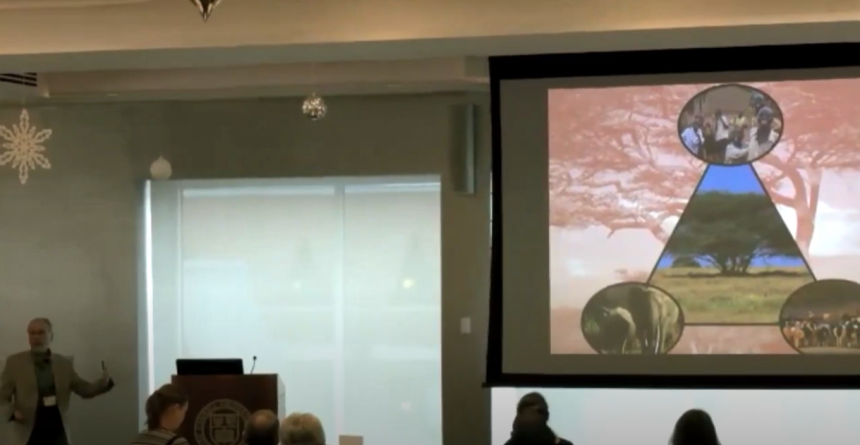
Video
January 24, 2025
Professor Steve Osofsky was invited to give the keynote address, “Birthing Planetary Health: A Midwife’s Tale,” at the Sustainable Cornell Summit 2024.
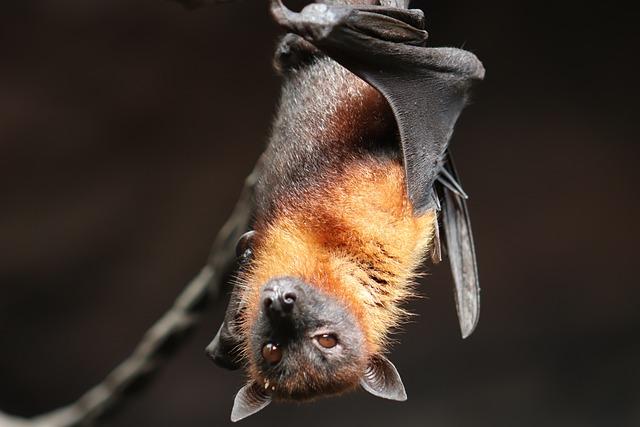
December 17, 2024
A new combination of climate and habitat crises, along with immune system stress, is driving more bat-borne viruses to afflict us. Cornell's Dr. Raina Plowright discusses how any public-health intervention to prevent future pandemics will need to tackle the whole environmental tapestry.
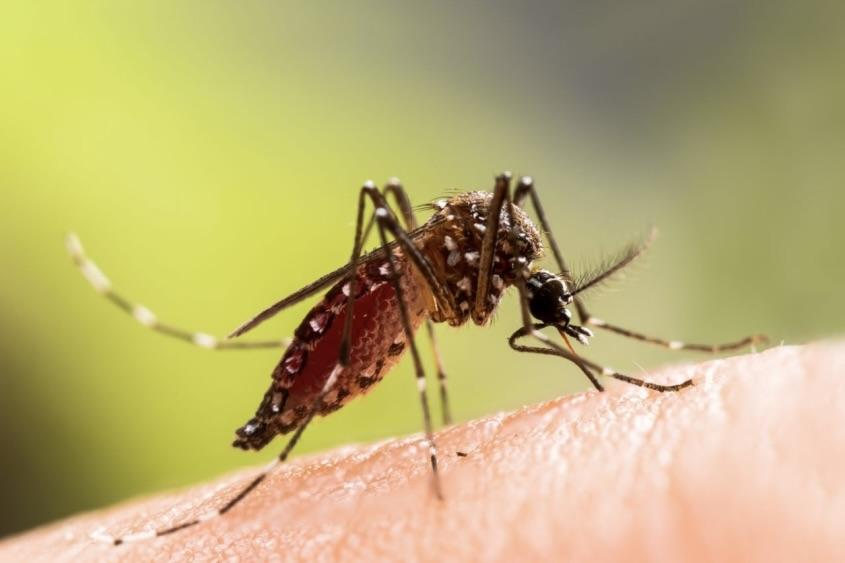
News
December 09, 2024
College of Veterinary Medicine faculty, in partnership with the University of Pretoria in South Africa, have received an NIH P20 grant to establish the Center for Transformative Infectious Disease Research on Climate, Health and Equity in a Changing Environment (C-CHANGE).
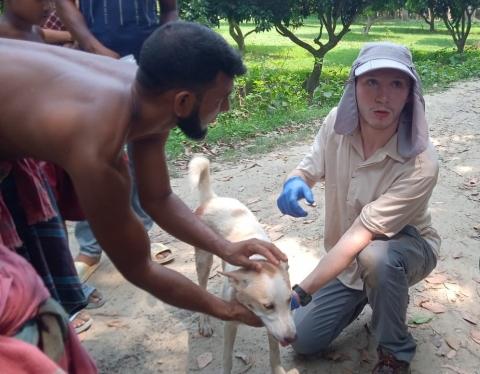
Blog
October 18, 2024
Growing up, I couldn’t wait for the moment evening turned to dusk and the dancing silhouettes of bats began to fill the night sky. This love of bats grew with me, expanding as I could better understand the science behind what made bats so unique....
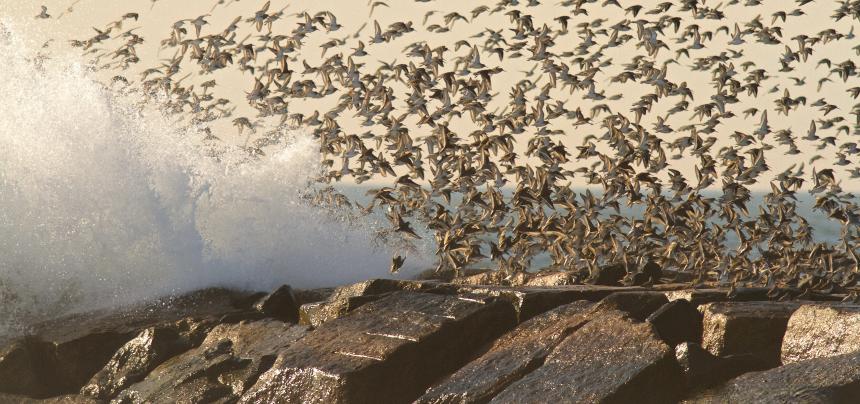
October 01, 2024
Cornell's Migrations initiative is stepping into a new phase as the Migrations Program, part of the Mario Einaudi Center for International Studies, with CVM's Dr. Kathryn Fiorella joining as the program director.

August 14, 2024
Cornell's Drs. Raina Plowright, Amandine Gamble, and Krysten Schuler were awarded a grant from Cornell Atkinson’s Academic Venture Fund for their project: Integrating Primary Pandemic Prevention into mainstream policy, funding, and practice through One Health spillover investigation.
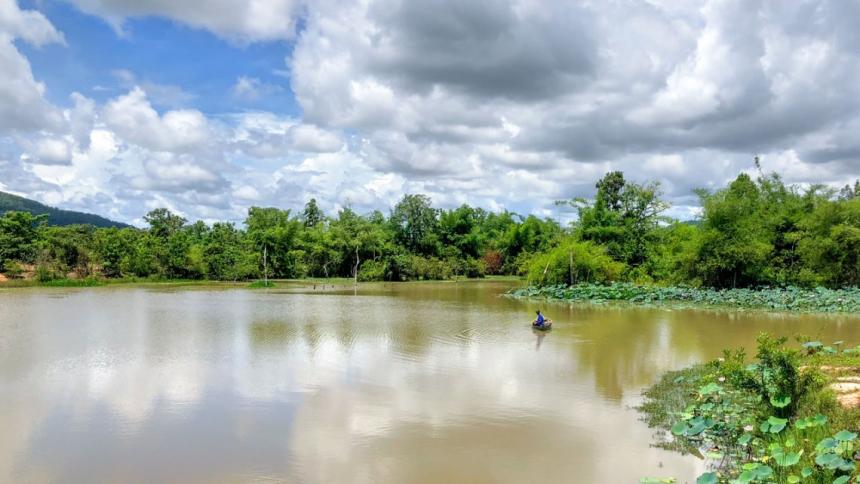
August 09, 2024
Households caught and consumed a far more diverse array of fish than they sold at market, which has important implications for how loss of biodiversity might affect people’s nutrition, especially for those with lower incomes.
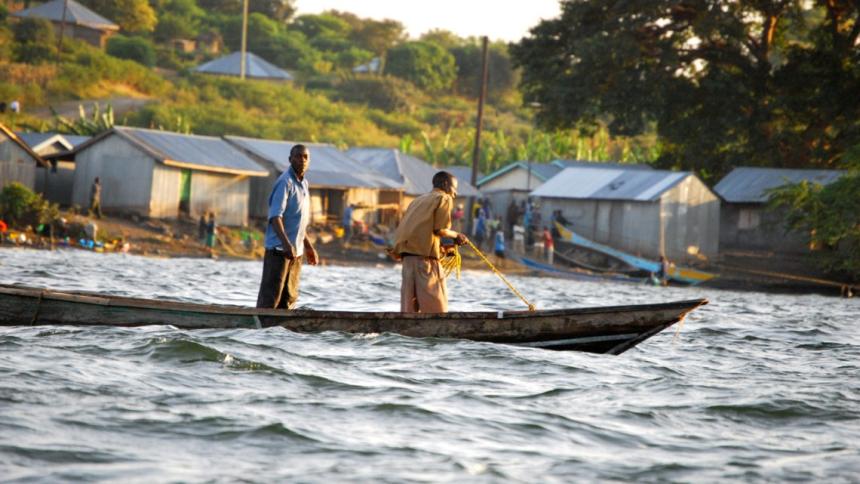
June 17, 2024
Fatal drownings are a big risk for small-scale fishers on Africa’s largest lake, with many of those deaths attributed to bad weather – conditions that are likely to worsen with climate change, according to a new study co-authored by Cornell's Dr. Kathryn Fiorella.
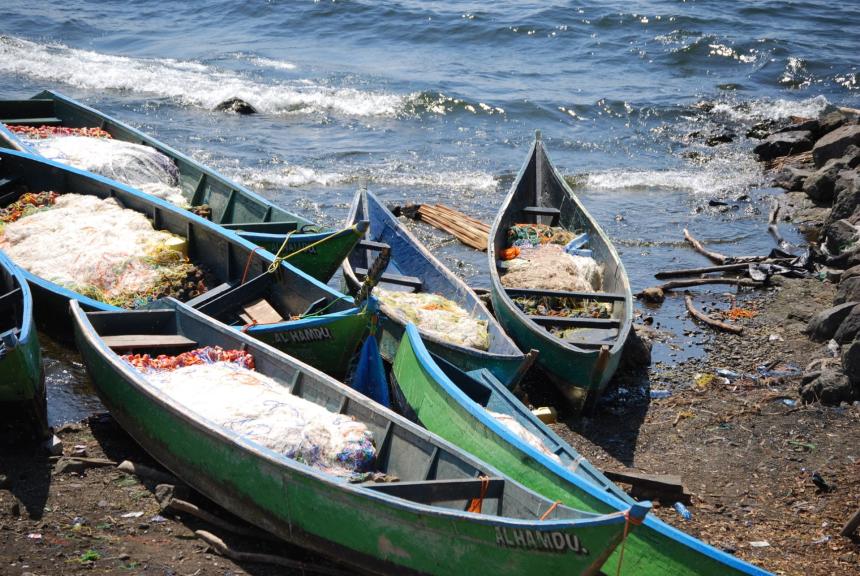
May 22, 2024
Cornell's Dr. Kathryn Fiorella researches how changes in the environment affect the well-being, economic stability, and food security of communities, with a focus on global fisheries.
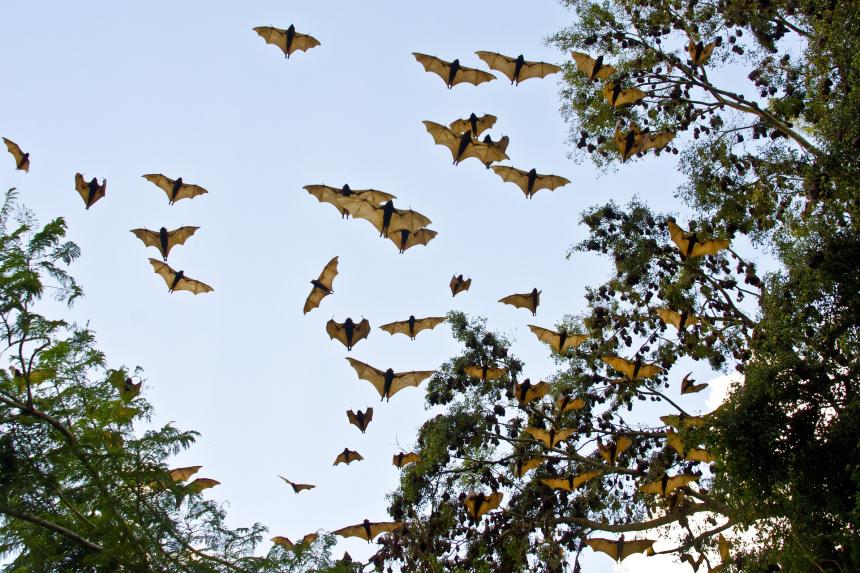
April 22, 2024
In a new perspective paper in Nature Communications, Cornell's Dr. Raina Plowright and a team of ecologists, infectious disease scientists and policy experts have distilled their collective observations into three recommendations to prevent spillovers and halt epidemics and pandemics before they even start.
